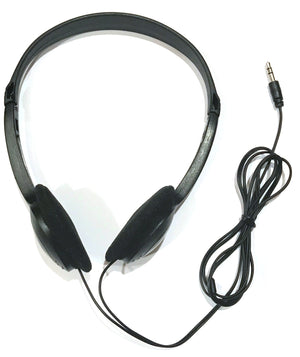Today In History
5 Fun Facts About January 30 In Minnesota History
1. In 1849, the Minnesota Territorial Legislature officially established Ramsey County, which included the current capital city of St. Paul. The county was named after Alexander Ramsey, the first governor of Minnesota. 2. On January 30, 1904, the Great Canal Park Fire devastated Duluth, destroying 40 blocks of businesses, homes,...
5 Fun Facts About January 29 In Minnesota History
1. In 1861, the Minnesota State Legislature authorized the formation of the First Minnesota Volunteer Infantry Regiment. This regiment would go on to fight in some of the most famous battles of the Civil War, including the Battle of Gettysburg. 2. On January 29, 1871, the Minnesota State Capitol was...
5 Fun Facts About January 28 In Minnesota History
1. On January 28, 1918, the US Post Office Department began airmail service in Minnesota, with a route between Minneapolis and Chicago. This marked an important milestone in aviation history, as the United States began to develop a national airmail network. 2. In 1986, Minnesota Governor Rudy Perpich declared January...
5 Fun Facts About January 27 In Minnesota History
1. In 1967, the first strip mall in the United States opened in Edina, Minnesota. The mall, called the Southdale Center, featured two levels of retail stores and drew shoppers from all over the region. 2. On January 27, 1894, the University of Minnesota's men's basketball team played its first...
5 Fun Facts About January 26 In Minnesota History
1) On January 26, 1838, the treaty of St. Peters was signed between the United States government and the Sioux tribe, ceding much of southern Minnesota to the US. This treaty would later be disputed leading to the US-Dakota War of 1862. 2) January 26, 1863 marked the Battle of...
5 Fun Facts About January 25 In Minnesota History
1. On January 25, 1891, the Minneapolis Symphony Orchestra gave its first concert at the Exposition Building in Minneapolis. The orchestra, now known as the Minnesota Orchestra, is one of the state's most renowned cultural institutions. 2. The St. Paul Winter Carnival, one of Minnesota's most popular winter events, began...
5 Fun Facts About January 24 In Minnesota History
1. On January 24, 1849, the Minnesota Territory was established. It was formed out of a part of the Wisconsin Territory, and included land that now makes up the states of Minnesota, North Dakota, and South Dakota. 2. On January 24, 1916, the Northern Pacific Railroad bridge over the Mississippi...
5 Fun Facts About January 23 In Minnesota History
As an AI language model, I can provide you with some interesting facts about January 23 in Minnesota history. 1. On January 23, 1857, the Minnesota Statehood Bill was signed into law by President James Buchanan, making Minnesota the 32nd state in the United States. 2. On January 23, 1948,...
5 Fun Facts About January 22 In Minnesota History
1. The Minnesota North Stars played their first game on January 22, 1967, as a part of the National Hockey League expansion. They lost to the California Seals, 2-1, in front of 12,016 fans at the Met Center. 2. On January 22, 1874, the Minnesota legislature approved a bill authorizing...
5 Fun Facts About January 21 In Minnesota History
1. In 1972, the Metrodome, also known as the Hubert H. Humphrey Metrodome, opened its doors in Minneapolis. It was the home of the Minnesota Twins and Minnesota Vikings until 2013. 2. On January 21, 1961, President John F. Kennedy delivered his inaugural address, which included the famous line, "Ask...
5 Fun Facts About January 20 In Minnesota History
January 20 is a significant day in Minnesota history with many notable events and accomplishments taking place on this day. Here are five interesting facts about January 20 in Minnesota history: 1. In 1981, Ronald Reagan was inaugurated as the 40th President of the United States, and Minnesota native Joan...
5 Fun Facts About January 19 In Minnesota History
1. On January 19, 1864, the territorial legislature of Minnesota passed a law that established a Board of Immigration to promote settlement in the state. The board was responsible for advertising the advantages of Minnesota to people in other states and countries and also to promote the development of agricultural...






